Living Room Trauma Management
March 6th, 2024
7 minute read
Editor’s Note: The statements reflected in this piece are the author’s opinion and do not constitute medical advice. Please contact emergency services immediately if you have a health emergency.
Let’s start with my personal philosophy. People are bad. I’m not the only guy in the world who has drawn that conclusion. Adorable little three-year-old kids are pretty awesome, and you and I are cool. However, most everyone else is at least suspect. One need go no further than their daily newsfeeds to see incontrovertible evidence of the innately fallen nature of man.
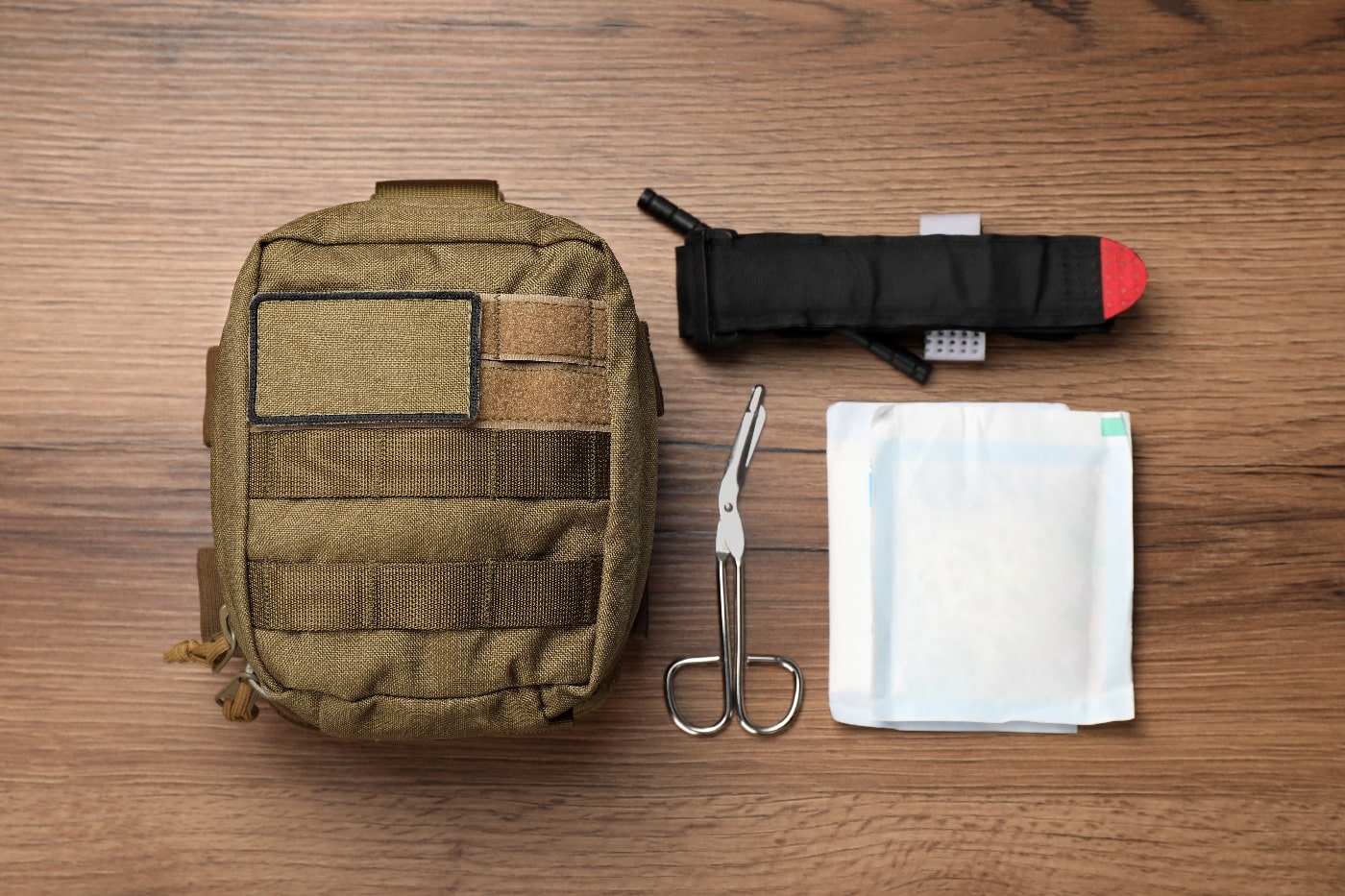
That lamentable attribute of the human condition manifests in some curious ways. Greed is a timeless scourge. It is a corollary of pride, the alpha sin. Pride got Satan. It’s what drove Cain to kill Abel. Pride is what might make some envious and want to take other people’s stuff.
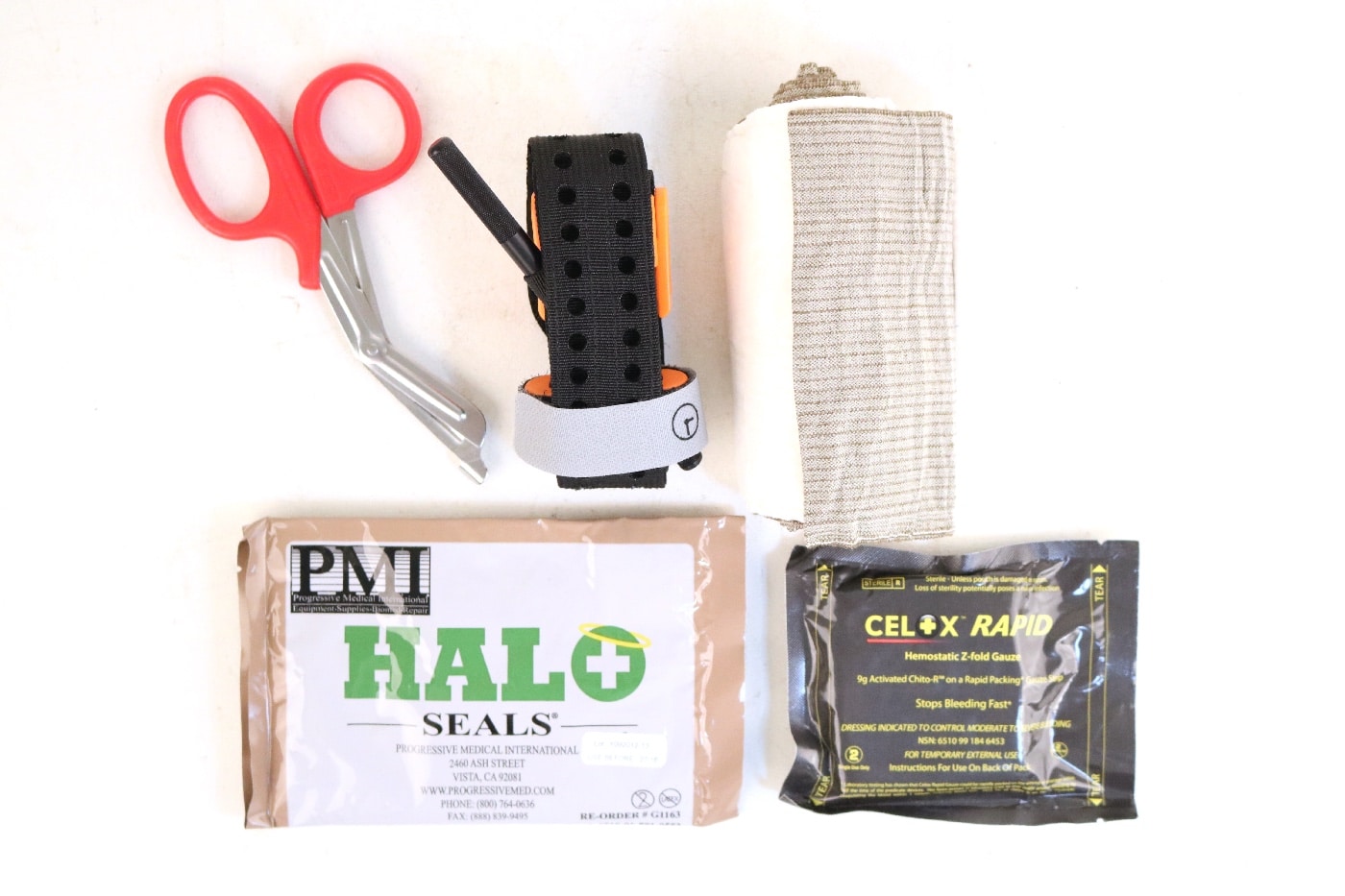
And that’s why you have to be ready should you hear glass breaking at 3 o’clock in the morning. Like many of us, I have been the victim of crime — but not while I was physically present. However, I have any number of buddies who have been much closer than that. If a home invasion degenerates into a conflict, a little preparation can literally make the difference between life and death.
Big Picture
As regards firearms or knives, the actual mechanism of incapacitation can be polyfactorial. Interdicting the central nervous system will put the hiatus on most anything anyone might have been planning on doing.
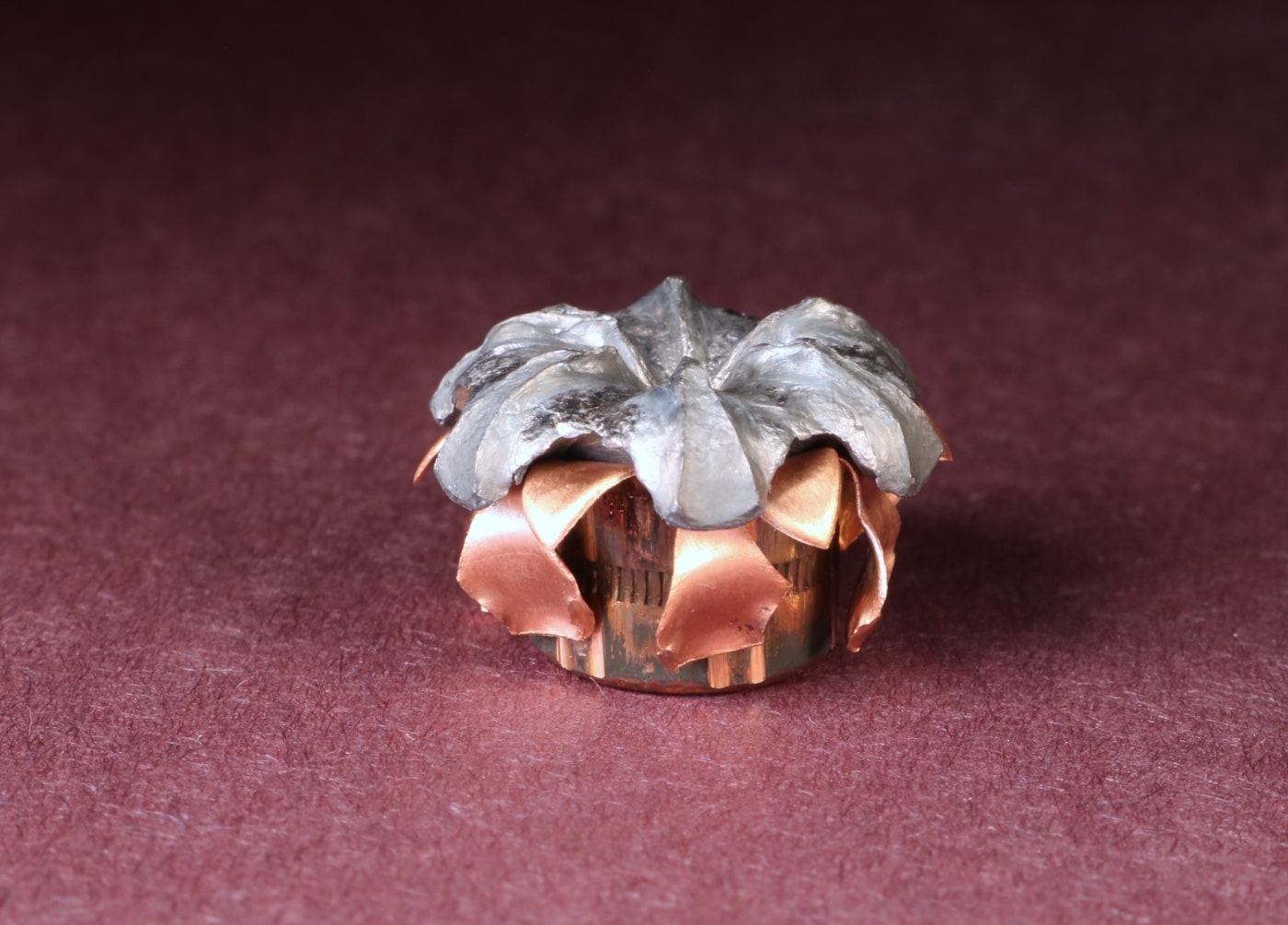
If you or somebody you care about is ever shot, have reasonable expectations. You do the best you can, but your options at the scene will be limited. The goal is not to fix the problem. The objective is to keep someone alive long enough to reach a hospital. To that end, your mission is to facilitate breathing and to keep the blood where God put it in the first place.
The ABC’s
ABCs stands for Airway, Breathing, and Circulation. You are likely not going to be intubating anybody on the floor of your dining room, so the focus for the typical guy or girl on the street is most often supporting gas exchange and controlling hemorrhage. Let’s start with the basics.
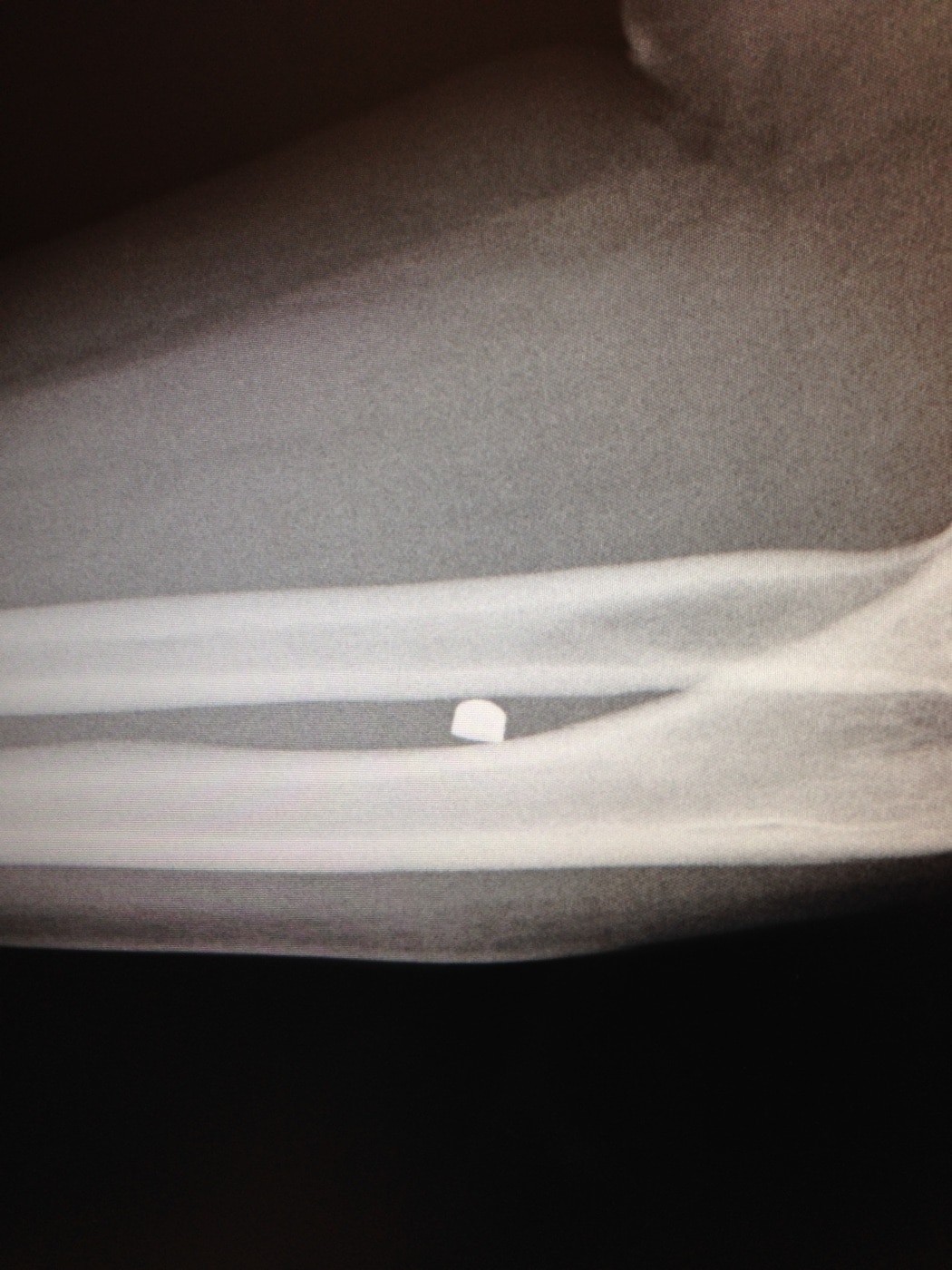
This is about to get messy. You need to embrace that. If you pass out at the sight of blood you might want to try desensitizing yourself. Everybody in med school was a little bit green on the first day of Gross Anatomy, whether we admitted it or not. A week later you could enjoy a pizza in that place. The human animal can acclimate to anything.
Plugging the Holes
Most of your chest is empty space. A glance at a chest X-ray bears that out. Your chest acts like a bellows. When you inhale, you create a negative pressure state that draws fresh air into your lungs.
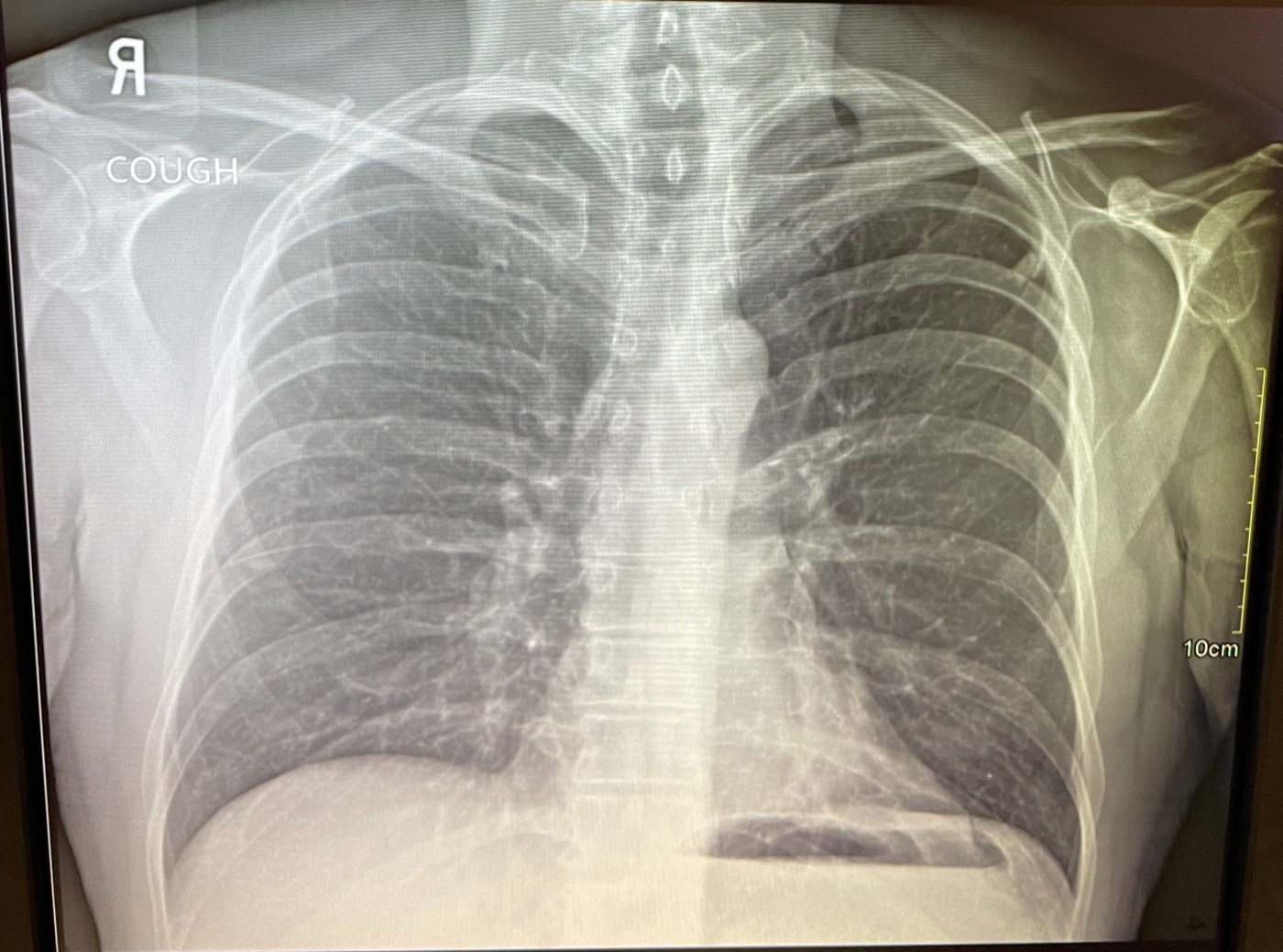
Your lungs are like two airtight bags that fill your chest cavity completely. The demarcation between your lungs and your chest cavity is a potential space. There’s no air there, and it is sealed off. As a result, your lungs stick to the inside of your chest as you draw fresh air in and push the old stuff out. However, punch a hole in that and nothing works quite as it should.
The nuances of pneumothoraces are beyond the scope of this discussion. Balance of probability you won’t be doing a needle decompression or improvising a chest tube at home. However, the onsite goal for treatment of a sucking chest wound is to stop the flow of air from the outside into that pleural space. Every scrap of air that seeps into that critical space decreases your lung volume and makes it tougher to breathe. The immediate answer in the field is a chest seal.
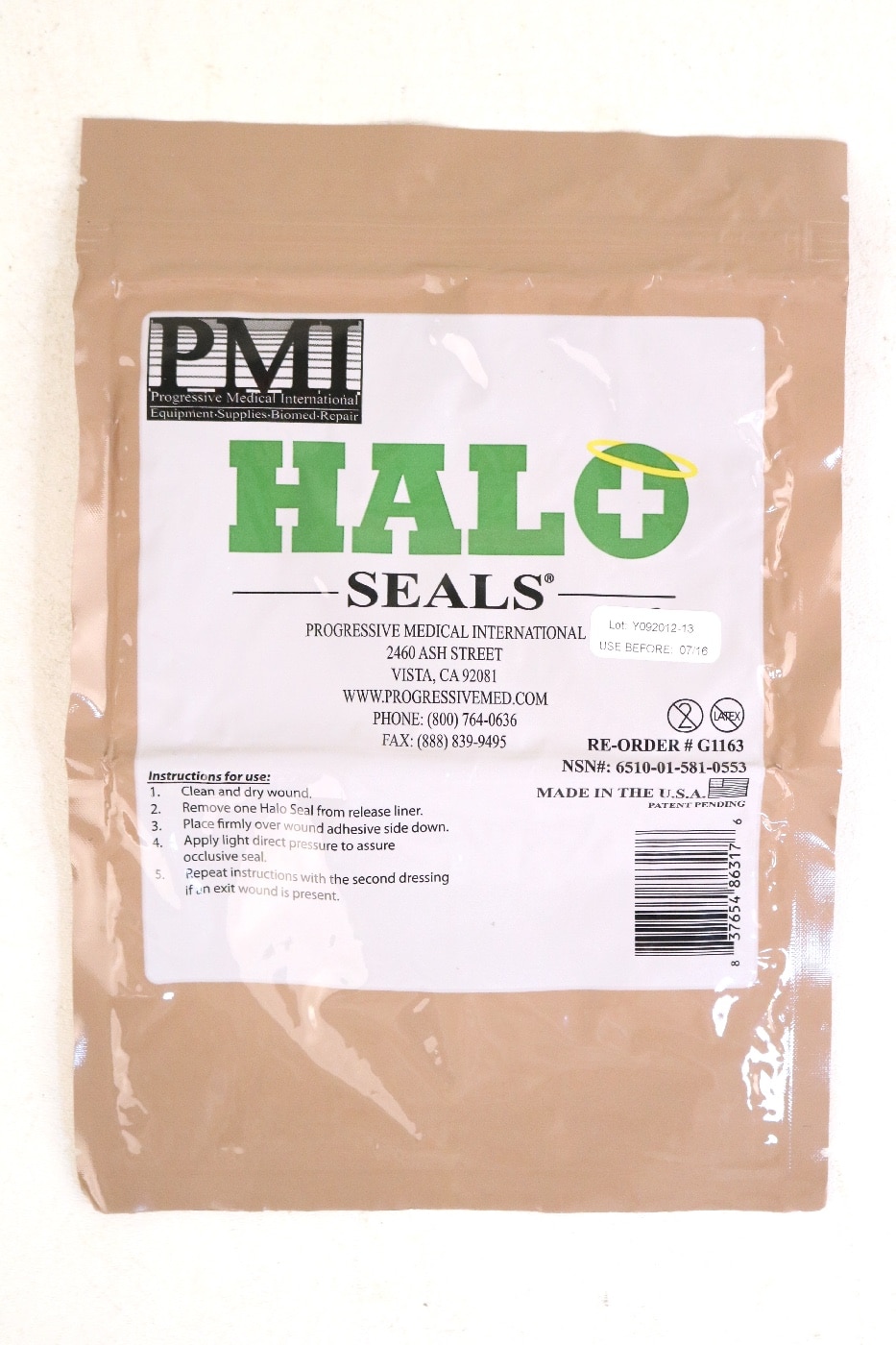
A chest seal is an impermeable piece of plastic that forms an airtight bond over a wound and keeps air from getting in. You can even improvise this. I saw the coolest news story a few years back concerning a cop who bodged up a chest seal in the field out of a Doritos bag and some duct tape and saved some guy’s life.
Commercial versions of chest seals are designed to stick reliably in spite of blood, hair, or ick. Always store your chest seals in pairs. Wounds often come in both the entrance and exit variety. Expect to pay about fifteen bucks for two.
Stop the Bleeding
A typical adult human has about five liters of blood. That’s two and one-half two-liter Coke bottles. A good rule of thumb is that if you spill one liter of that you’ll lose consciousness. Make that two liters and it will kill you. The rub is that your heart moves five to six liters of blood per minute at rest. Punch a big hole in the plumbing and then get agitated about it, and you can bleed out in a shockingly brief period of time.
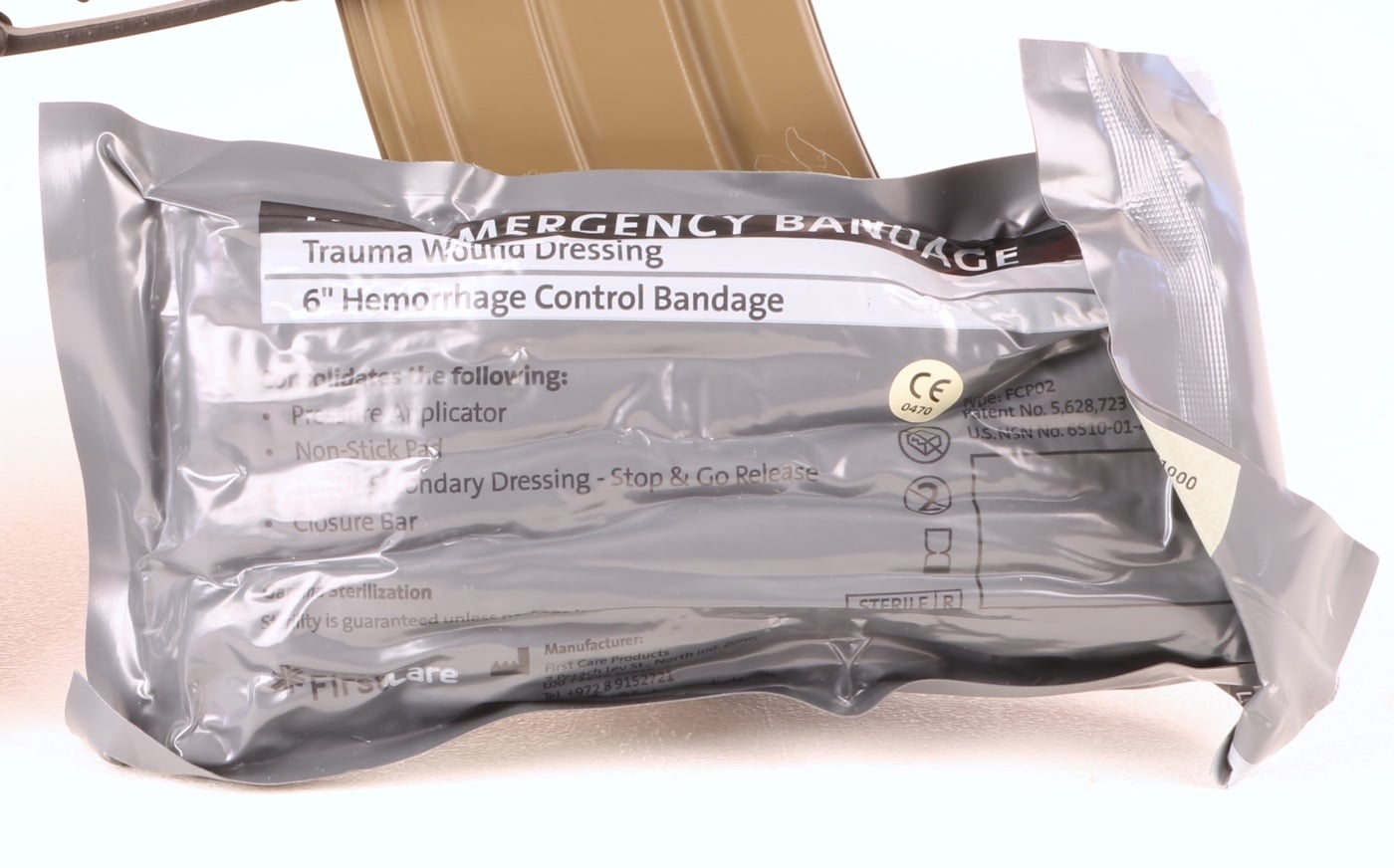
If somebody is bleeding vigorously, then direct pressure is typically the first step. Roll up a t-shirt or a clean dish rag and push on the wound. If you’re lucky that will keep things under control long enough for the cavalry to arrive.
Israeli battle dressings are purpose-designed for this mission. They’re relatively inexpensive from reputable medical supply houses like North American Rescue. I always keep at least two. Get three if you want to crack one open and practice with it. They have a use-by date, but I wouldn’t throw them away if they were past that.
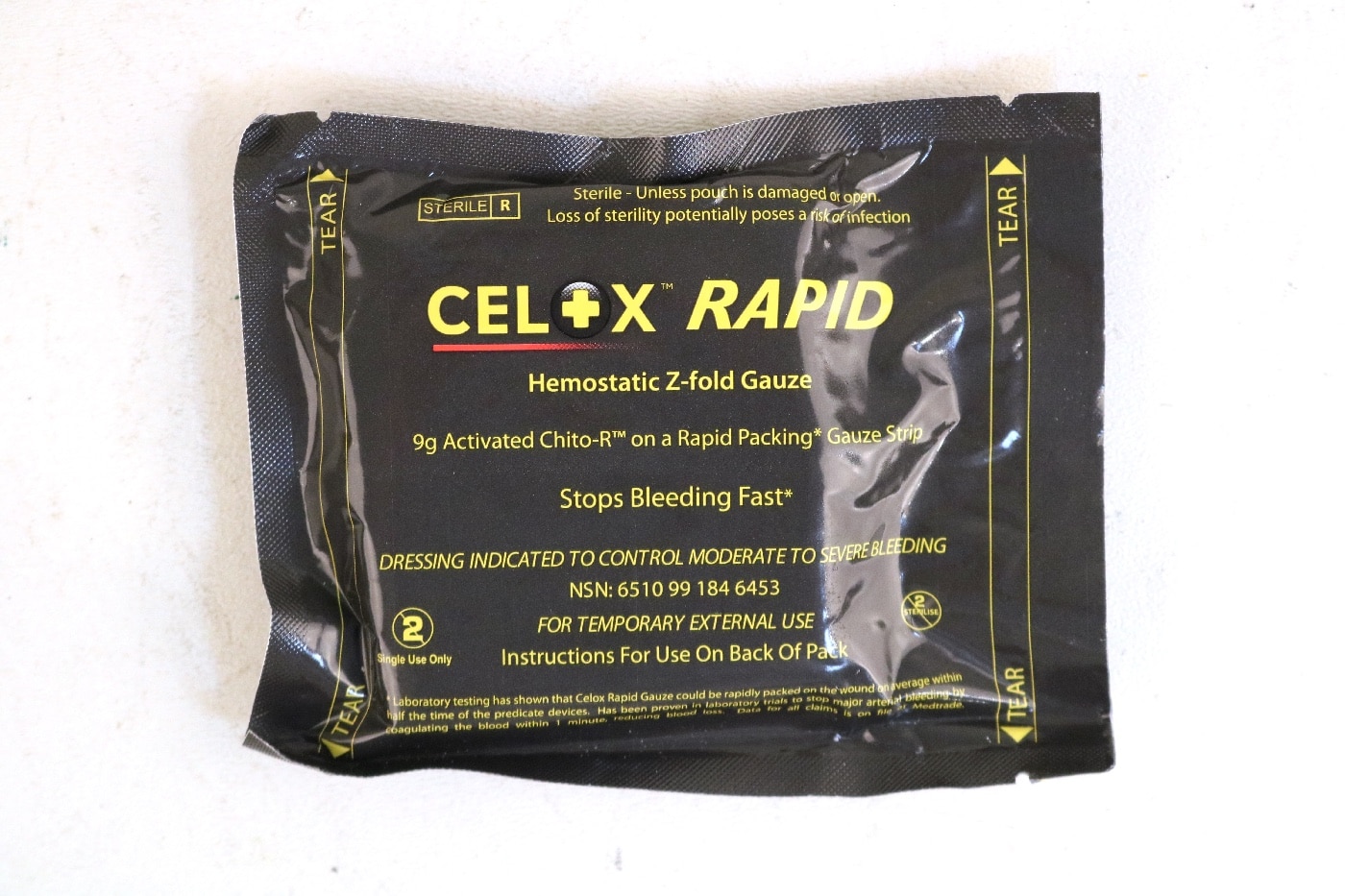
QuikClot is made from a mineral called kaolin that activates Factor XII in the clotting cascade, promoting clot formation in traumatic wounds. Other products use chitosan derived from shrimp shells to accomplish a similar end. This stuff comes in sponges, bandages and granules. The good folks at the hospital will deal with cleaning it out later.
Tie It Off
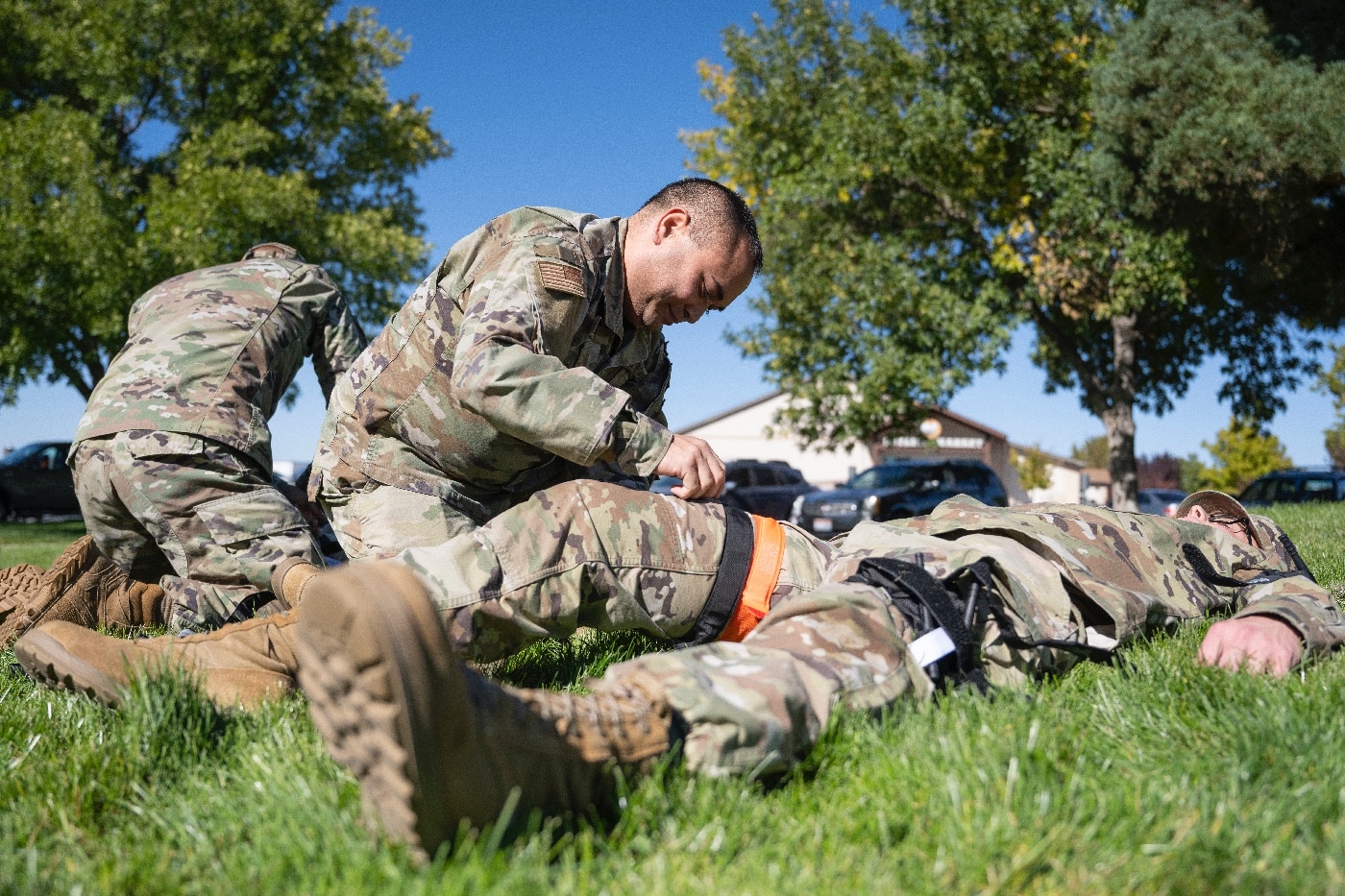
If that doesn’t do it and the wound is on an extremity, it is time to consider a tourniquet. You can fabricate a tourniquet out of a shoelace, a belt, or some trotline, but there are lots of great commercial options that tend to do a better job and with a much lower risk of permanent injury.
Uncle Sam uses the Combat Application Tourniquet or CAT. The CAT is easy to use. Pull it up on YouTube and practice a bit in advance. While elbow deep in gore is not the time you want to be trying to figure out which end goes where.
Editor’s note: The video above shows how to apply a CAT. The video below demonstrates how to set up your cat for storage and carry. Be sure to get quality instruction and use only authentic medical gear.
While the CAT is one of the best known medical tourniquets, it is not the only one that passes medical muster. The Committee on Tactical Combat Casualty Care (CoTCCC) publishes a list of recommended tourniquets. You can read the most recent list here.
Ruminations
All up you’re looking at about a C-note for the essential stuff, and it will fill about half a shoebox. Tuck it someplace that is easily accessible and make sure everyone in the family knows how it works.
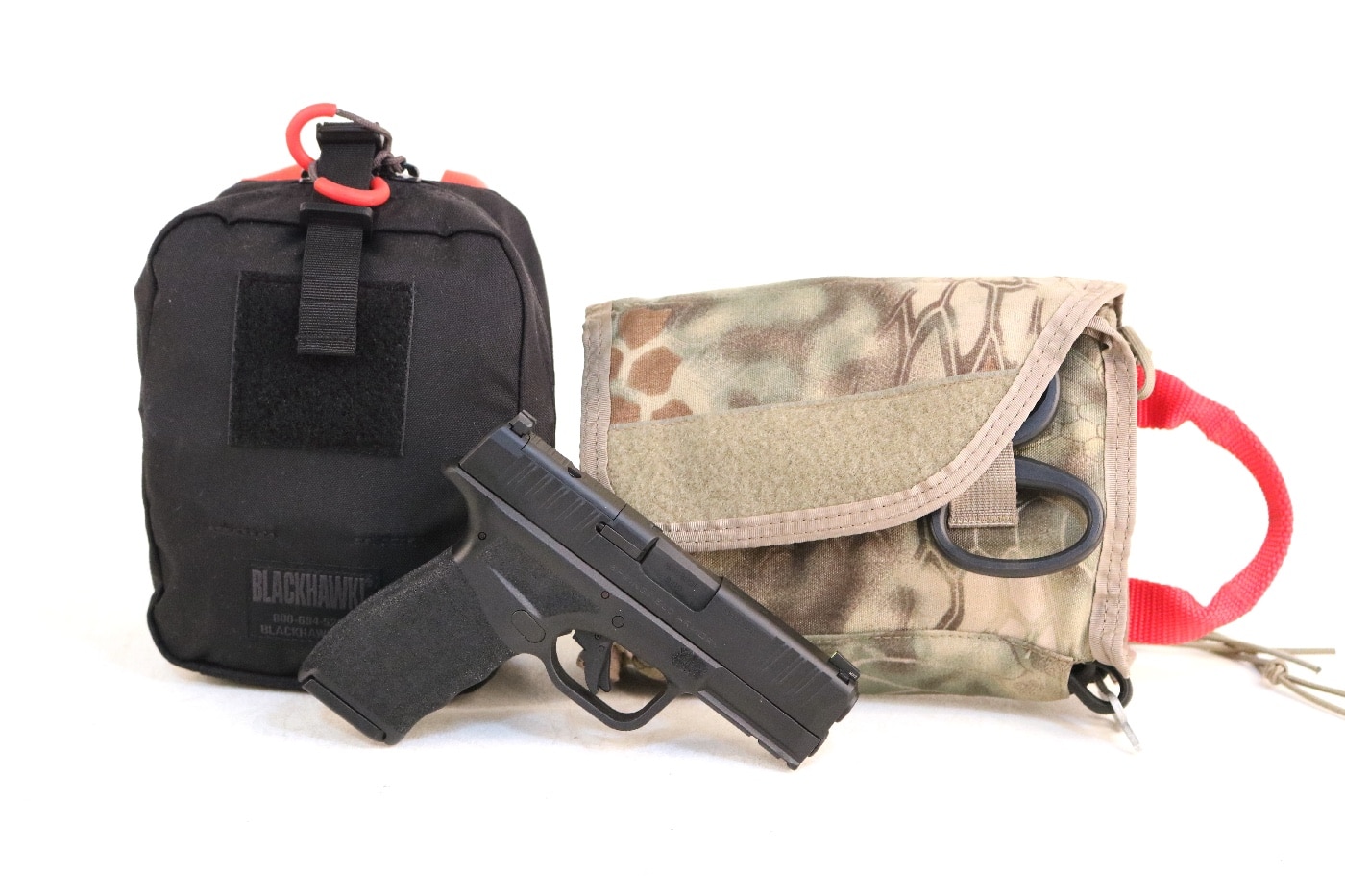
The American College of Surgeons (ACS) created a program called STOP THE BLEED. Administered by the ACS Committee on Trauma (ACS COT), the STOP THE BLEED program is designed to teach people the basic skills needed to stop significant hemorrhaging. Think of it as CPR for blood loss.
You can take the STOP THE BLEED online course here and then follow up with a one hour — typically free — in-person class.
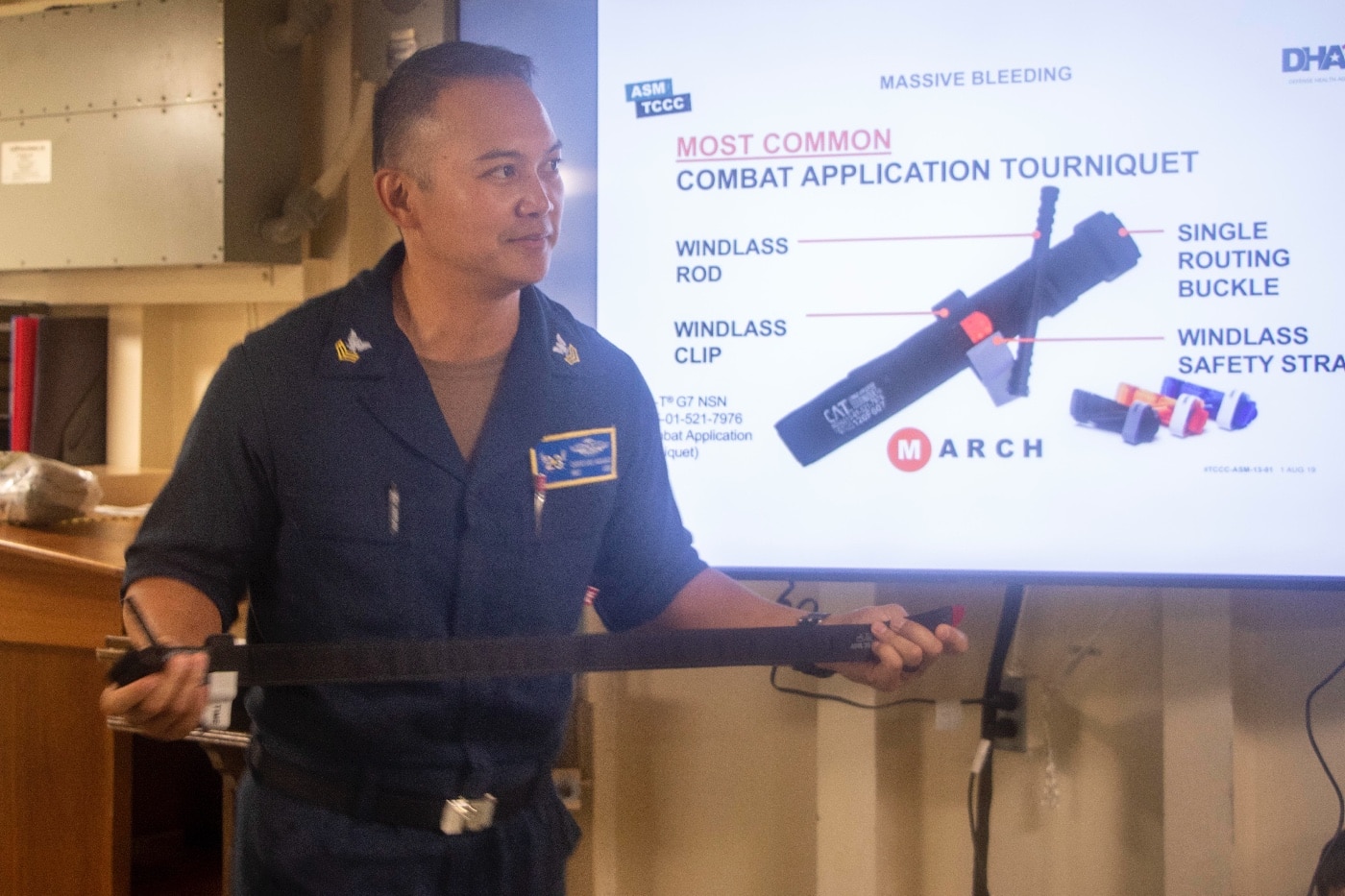
For even more training, many community colleges offer Emergency Medical Technology programs. Our local school teaches the Basic version in one semester, two nights per week. Learning that stuff will make you a more responsible citizen. The resulting skills can even be monetized if you want to pursue the appropriate certifications.
We live in a fallen world. Prepare in advance, keep your head, and be ready to do the hard things that must be done. It’ll help keep the monsters at bay.
Editor’s Note: We recommend that you purchase medical gear like tourniquets and hemostatic agents only from reputable medical suppliers. North American Rescue is one, but there are others. We generally recommend avoiding some of the general-purpose online markets as unvetted sellers can sell counterfeit products that may fail when used.
Please be sure to check out The Armory Life Forum, where you can comment about our daily articles, as well as just talk guns and gear. Click the “Go To Forum Thread” link below to jump in and discuss this article and much more!
Join the Discussion
Featured in this article
Continue Reading
Did you enjoy this article?

 96
96







